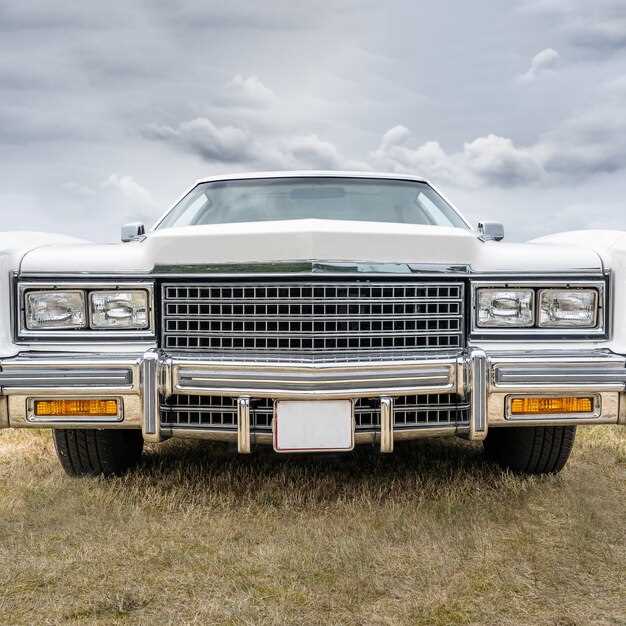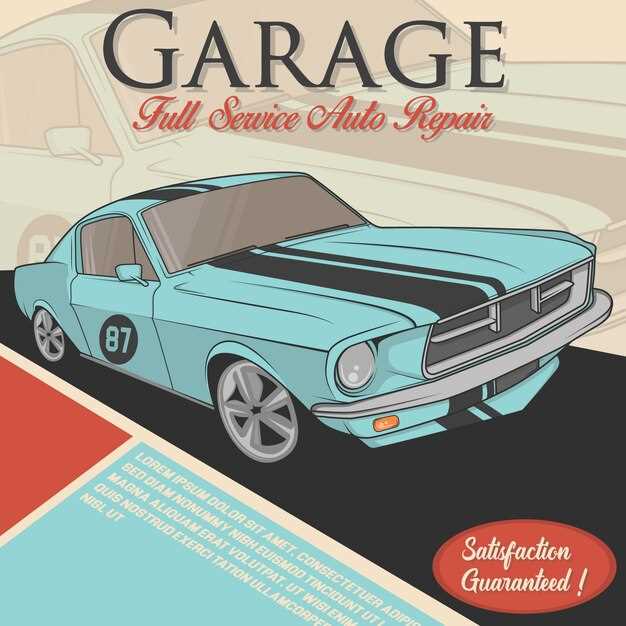
The 1970 Chevelle SS remains a classic symbol of American muscle car performance, captivating enthusiasts and collectors alike. This iconic vehicle, with its aggressive stance and powerful engine options, continues to inspire admiration decades after its last production year. The Chevelle SS effortlessly combines style and performance, making it a must-have for anyone passionate about automotive history.
Performance is at the heart of what makes the 1970 Chevelle SS truly special. Equipped with a range of formidable engines, including the legendary 454 cubic inch V8, this car was designed for those who craved speed and excitement. The engineering genius behind the Chevelle SS contributed to its reputation as a dominant force on the streets and racetracks of the era, leading to an almost cult-like following among car aficionados.
Beyond its raw power, the 1970 Chevelle SS showcases a timeless design that appeals to both young and old generations. The muscular body lines, bold grille, and distinctive badging create an instantly recognizable silhouette that resonates with car lovers worldwide. The Chevelle SS is not merely a vehicle; it represents an enduring legacy of innovation and American culture, solidifying its place as a classic in the pantheon of muscle cars.
Iconic Design Features of the 1970 Chevelle SS

The 1970 Chevelle SS stands as a hallmark of American automotive design, showcasing a blend of aggressive aesthetics and high performance. This model was designed to turn heads while delivering power, encapsulating the muscle car spirit of the era.
One of the most striking features of the 1970 Chevelle SS is its bold, elongated front end. The distinctive dual headlights are framed by a sculpted, wide grille that enhances its aggressive stance. This front fascia not only contributes to the car’s iconic look but also serves to improve aerodynamics, crucial for high-speed performance.
Another key element is the muscular body lines that define the Chevelle SS. The sweeping curves and pronounced wheel arches give it a robust appearance, emphasizing the vehicle’s performance capabilities. This design choice not only enhances its aesthetic appeal but also provides a sense of power and speed that resonates with car enthusiasts.
The rear of the Chevelle SS is equally impressive, featuring a signature rear spoiler and tail lights that further accentuate its sporty silhouette. This design not only adds to the vehicle’s aggressive look but also plays a functional role by improving downforce at high speeds.
The interior of the Chevelle SS offers a blend of comfort and sportiness, with high-back bucket seats that provide excellent support during spirited drives. The dashboard is designed with driver-focused instrumentation, ensuring that performance metrics are easily accessible.
| Design Feature | Description |
|---|---|
| Front Grille | Bold, wide grille with dual headlights enhancing aggressive look |
| Body Lines | Muscular lines and wheel arches emphasizing power and speed |
| Rear Spoiler | Signature spoiler improving aerodynamics and downforce |
| Interior | High-back bucket seats & driver-focused instrumentation |
In summary, the design features of the 1970 Chevelle SS contribute not only to its aesthetic allure but also to its reputation as a powerhouse of performance. This combination of striking design and engineering excellence ensures its lasting legacy in the annals of American muscle cars.
Engine Options and Performance Specifications
The 1970 Chevelle SS is celebrated for its impressive engine options and the remarkable performance that accompanies them. Through a range of powerful engines, this classic muscle car attracted enthusiasts who valued speed and power.
Chevrolet offered several engine choices for the 1970 Chevelle SS, each with unique specifications that catered to varying performance preferences:
- 350 CID V8 Engine:
- Displacement: 350 cubic inches
- Power Output: 245 horsepower
- Torque: 355 lb-ft
- Performance: A well-rounded option for everyday driving with respectable acceleration.
- 396 CID V8 Engine:
- Displacement: 396 cubic inches
- Power Output: 325 horsepower
- Torque: 420 lb-ft
- Performance: Enhanced power suitable for enthusiasts seeking a balance between performance and ease of handling.
- 454 CID V8 Engine:
- Displacement: 454 cubic inches
- Power Output: 450 horsepower
- Torque: 500 lb-ft
- Performance: This powerhouse option was designed for those craving ultimate performance, delivering exhilarating acceleration and impressive track capabilities.
Performance specifications for the Chevelle SS also included:
- 0 to 60 mph acceleration in approximately 6 seconds (varies by engine choice)
- Top speed exceeding 130 mph, contingent on engine selection and setup
- High-performance features such as heavy-duty suspension and improved braking systems to accommodate the increased power.
Drivers of the 1970 Chevelle SS often praised the raw power and responsiveness of these engines, making it a standout model in the muscle car era. The combination of performance and design solidifies the SS’s appeal among collectors and classic car enthusiasts alike.
Comparative Performance: Chevelle SS vs. Competitors

The 1970 Chevelle SS stands as a hallmark of American muscle car performance, and when compared to its contenders of the era, it showcases impressive capabilities. When examining the muscle car landscape of the early 1970s, key competitors such as the Dodge Charger, Ford Mustang, and Pontiac GTO emerge, each boasting unique performance attributes.
With its robust engine options, the Chevelle SS offered a range of powerful V8s, including a formidable 454 cubic inch “LS6” engine, delivering a staggering 450 horsepower. This powerhouse allowed the Chevelle to accelerate from 0 to 60 mph in just over 5 seconds, establishing it as one of the fastest production cars of its time. In comparison, the Dodge Charger with its 440 cubic inch engine produced around 375 horsepower, while the Pontiac GTO offered a similar performance range with slightly less horsepower but renowned torque. The Ford Mustang, especially the Mach 1 variant, provided robust performance as well, though it generally fell short on raw horsepower compared to the Chevelle SS.
Moreover, while high-speed runs were a staple of muscle cars, handling characteristics play a crucial role in overall performance. The Chevelle SS excelled with its well-balanced chassis, allowing for better stability and cornering. Its wider wheelbase offered enhanced grip, which was a significant advantage over competitors like the Mustang, which was often critiqued for its less refined handling. The Charger, on the other hand, provided a solid balance but often struggled with weight distribution due to its design.
In terms of braking performance, the Chevelle SS was equipped with front disc brakes and rear drums, creating a dependable stopping power that outperformed many contemporaries. The GTO also had capable brakes but sometimes didn’t match the responsiveness of the Chevelle’s system, particularly under heavy use.
Ultimately, the Chevelle SS distinguished itself not just in terms of sheer power, but through its combination of acceleration, handling, and braking capabilities. This multifaceted performance profile solidified its reputation against other muscle cars of the period, making it an enduring symbol of muscle car excellence.
Maintenance Tips for Classic Chevelle SS Owners
Owning a classic Chevelle SS is a rewarding experience, but it requires dedicated maintenance to keep it performing at its best. Here are essential tips for ensuring your vintage muscle car remains in top condition.
Regular Oil Changes: Maintain optimal engine performance by changing the oil every 3,000 to 5,000 miles. Use high-quality oil that meets the specifications for the SS model. Regular oil changes keep the engine lubricated and reduce wear.
Cooling System Care: The cooling system is vital for performance. Regularly check the radiator, hoses, and coolant levels. Flush the cooling system every few years to prevent rust and buildup that can lead to overheating.
Brake Maintenance: Inspect the brake pads and rotors frequently. The Chevelle SS is known for its powerful performance, so ensuring your brakes are in excellent condition is crucial for safe driving.
Tire Health: Regularly check tire pressure and tread depth. Proper inflation improves performance and fuel efficiency while extending tire life. Rotate tires every 5,000 to 7,500 miles to promote even wear.
Electrical System Checks: Inspect the battery, connections, and wiring for corrosion or damage. A well-maintained electrical system ensures reliable starting and performance of the various electrical components in your Chevelle SS.
Detailing and Rust Prevention: Regularly wash and wax your car to protect the paint and prevent rust. Pay attention to undercarriage maintenance, as this is often overlooked but crucial for the longevity of your classic.
Performance Upgrades: Consider upgrading the carburetor or exhaust system if looking to enhance your SS‘s performance. Authentic parts are recommended to maintain the classic feel while achieving improved power.
By following these maintenance tips, Chevelle SS owners can enjoy their classic car for years to come, ensuring its performance remains as timeless as its design.
Restoration Considerations for Vintage Collectors
When restoring a 1970 Chevelle SS, collectors face a unique set of challenges and considerations that can significantly impact the final outcome of the project. First and foremost, it’s essential to approach the restoration with a clear vision of the desired end result, whether aiming for authenticity or a custom build. Researching original specifications is vital to ensure that every detail, from engine components to interior finishes, aligns with factory standards.
Quality of parts is another critical consideration. Many aftermarket parts may not meet the original standards for performance and durability. Thus, sourcing high-quality components, preferably original or OEM parts, can enhance the overall value and integrity of the Chevelle SS. Restoration should prioritize authentic materials, especially for body panels and trim, as these help retain the car’s historical significance.
Budgeting for the project is also essential. Vintage restorations often exceed initial estimates due to unforeseen issues such as rust repair or engine overhauls. Therefore, setting aside contingency funds can prevent delays and ensure comprehensive restoration work.
When undertaking restoration, consider the skills and equipment required. Some aspects may necessitate professional assistance, particularly when dealing with complex mechanical systems or bodywork. Engaging experienced restorers can help achieve a higher quality finish and maintain the authenticity of the Chevelle SS.
Documentation throughout the restoration process is invaluable. Keeping detailed records of parts used, modifications made, and the work completed will not only enhance the car’s provenance but also assist in future valuations or potential sales. Collectors should know modifications can influence the value of a vintage car; therefore, understanding the implications of each change is crucial.
Finally, consider the market for restored Chevelle SS models. Staying informed on trends can guide decisions regarding upgrades or customizations. Ultimately, the restoration of a 1970 Chevelle SS is not just about reviving a classic car; it’s about preserving a piece of automotive history for future generations to appreciate.
The Cultural Impact of the 1970 Chevelle SS in Motorsports
The 1970 Chevelle SS has left an indelible mark on the world of motorsports, becoming a symbol of American muscle and performance. As a representation of an era focused on power and speed, the Chevelle SS emerged as a favorite among racing enthusiasts and weekend warriors alike. Its robust engine options, particularly the 454-cubic inch V8, solidified its reputation as a high-performance vehicle capable of dominating both the streets and the track.
In the competitive landscape of drag racing during the early 1970s, the Chevelle SS quickly gained recognition for its impressive acceleration and quarter-mile times. As it raced against other iconic muscle cars, the Chevelle established itself as a formidable competitor, contributing to its iconic status within the racing community. The presence of the SS badge not only emphasized performance but also added a layer of collector appeal, making it a sought-after vehicle for both racers and automotive aficionados.
Moreover, the Chevelle SS cemented its cultural significance through appearances in popular media, including films and television shows that glorified car culture and motorsports. This visibility helped to inspire future generations of car enthusiasts, ensuring that the legacy of the Chevelle SS continues to resonate within motorsports today. Events such as car shows and classic races celebrate the Chevelle’s rich heritage, drawing in participants and spectators who appreciate its unique engineering and performance history.
Ultimately, the 1970 Chevelle SS transcends its role as merely a high-performance car; it embodies a cultural phenomenon that championed the spirit of competition in motorsports. Its influence endures, showcasing the enduring passion for American muscle cars and the vibrant history of automotive racing.




